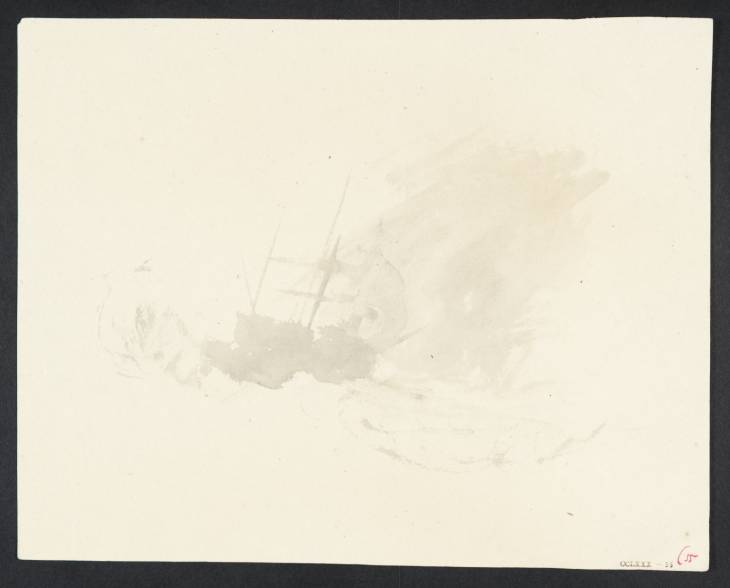References
How to cite
Nicola Moorby, ‘Vignette Study of a Ship for ‘The Andes Coast’, Campbell’s ‘Poetical Works’ c.1826–36 by Joseph Mallord William Turner’, catalogue entry, October 2009, in David Blayney Brown (ed.), J.M.W. Turner: Sketchbooks, Drawings and Watercolours, Tate Research Publication, December 2012, https://www

